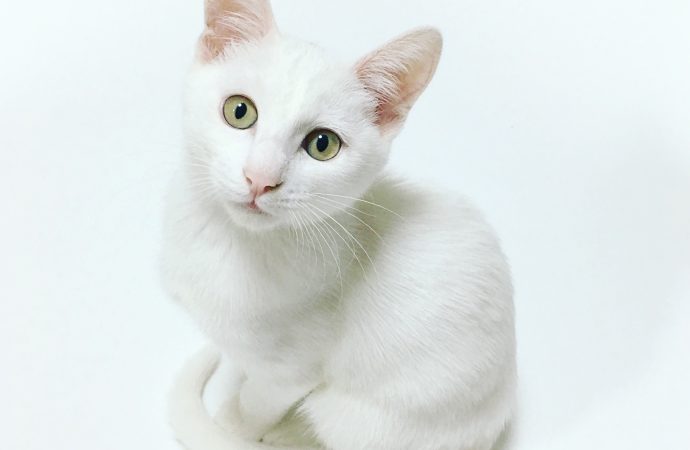Cats, with their independent and enigmatic nature, have long fascinated and intrigued humans. One aspect of their captivating behavior is their unique language, expressed through a combination of vocalizations and body language. Understanding the subtle cues and signals that cats use to communicate can deepen the bond between humans and their feline companions. In this
Cats, with their independent and enigmatic nature, have long fascinated and intrigued humans. One aspect of their captivating behavior is their unique language, expressed through a combination of vocalizations and body language. Understanding the subtle cues and signals that cats use to communicate can deepen the bond between humans and their feline companions. In this article, we explore the rich and complex language of cats, offering insights into their vocalizations and body language.
Feline vocalizations form a fundamental part of a cat’s communication repertoire. Cats use a variety of sounds, each carrying a specific meaning and intention. The most common vocalization, the “meow,” is a versatile tool used by cats to communicate with humans. Studies have shown that cats have adapted this form of communication primarily for their human companions, utilizing different variations of meows to express various needs, desires, and emotions. Paying attention to the pitch, duration, and intensity of a meow can help owners interpret their cat’s intentions, whether it be a request for food, attention, or a sign of distress.
Purring is another notable vocalization in a cat’s repertoire. Often associated with contentment and relaxation, purring can also be a means of communication. Cats may purr when seeking attention, expressing pleasure, or even when feeling anxious or in pain. Understanding the context and accompanying body language can provide valuable insights into the underlying emotions associated with a cat’s purring.
Growling, hissing, and spitting are vocalizations that indicate fear, aggression, or territoriality in cats. These sounds are often accompanied by defensive body postures, such as raised fur, arched backs, and flattened ears. When cats emit these vocalizations, it is crucial to respect their boundaries and give them space to feel safe. It is important for cat owners to learn to recognize these warning signs and avoid situations that may trigger such responses.
While vocalizations are an essential part of feline communication, body language plays an equally significant role. Cats convey a wealth of information through their posture, tail movements, ear positions, and eye contact. For instance, an upright tail held high signifies confidence and a friendly demeanor, while a puffed-up tail indicates fear or agitation. Similarly, flattened ears and dilated pupils may indicate anxiety or discomfort. Understanding these subtle cues can help cat owners gauge their pet’s emotional state and respond accordingly.
Observing a cat’s body language in conjunction with vocalizations is crucial to accurately interpreting their communication. For instance, a combination of purring and gentle head bumps accompanied by relaxed body postures usually indicates contentment and affection. On the other hand, a low growl, flattened ears, and a twitching tail are signs of potential aggression or unease. By paying close attention to these non-verbal cues, owners can better understand their cat’s needs and emotions, leading to a stronger human-animal bond.
It’s important to note that each cat has its unique personality and communication style. While there are common signals and vocalizations among cats, individual differences should be considered. Building a deep connection with a cat requires patience, observation, and a willingness to learn and adapt to their specific communication patterns.
In conclusion, understanding the language of cats involves decoding their vocalizations and body language. By recognizing the various sounds they use, such as meows, purrs, growls, and hisses, and interpreting their accompanying body postures and expressions, cat owners can gain insights into their pet’s emotions, needs, and desires.





















Leave a Comment
Your email address will not be published. Required fields are marked with *